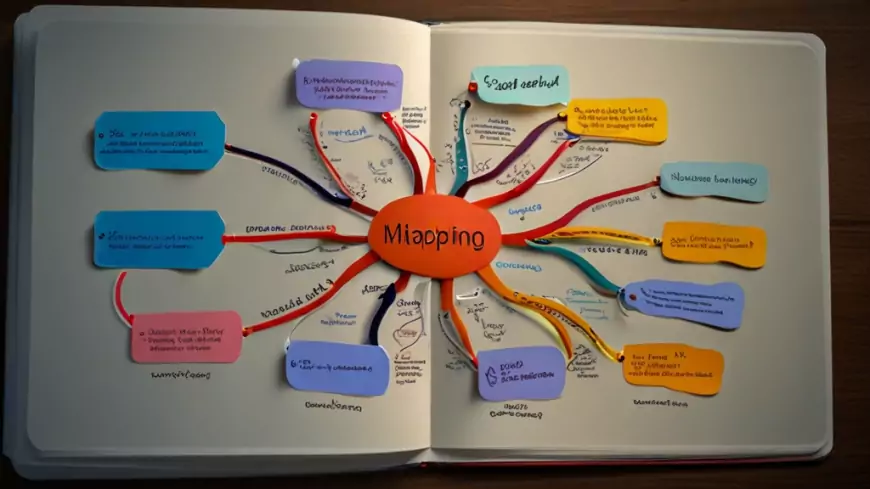Mind Mapping: Your Ultimate Guide to Efficient Note-Taking
Whether you're a student, professional, or lifelong learner, mastering mind mapping can enhance your understanding and retention of complex topics.

Mind maps have revolutionized the way we take notes, offering a dynamic approach to organizing information. In this comprehensive guide, we'll delve into the intricacies of mind mapping, uncovering its benefits, techniques, and applications. Whether you're a student, professional, or lifelong learner, mastering mind mapping can enhance your understanding and retention of complex topics.
Why Mind Mapping Matters:
Mind maps are not just trendy; they're backed by science and endorsed by experts worldwide. Despite its initial complexity, mind mapping simplifies learning and aids memory retention. In this blog, we'll unveil a systematic approach to creating mind maps, using an advanced medical topic as our demonstration.
Understanding the Fundamentals
Before diving into the intricacies, it's crucial to grasp the fundamentals of mind mapping. At its core, mind mapping enhances both understanding and retention. Unlike traditional notes, mind maps leverage visuals, analogies, and associations, facilitating comprehensive comprehension and efficient review.
The TREE Acronym:
Thought Process, Relationships, Expressive, Efficient Our journey begins with the TREE acronym, encapsulating the essence of effective mind mapping. Let's break down each element:
-
Thought Process: Unveiling the logical flow of ideas is paramount. By identifying key terms and outlining the main topics, we lay the foundation for a coherent mind map structure.
-
Relationships: Understanding the interconnectivity of concepts is key. By analyzing similarities, differences, and causal relationships, we create a cohesive framework that enhances comprehension.
-
Expressive: Visualizing ideas through images, analogies, and metaphors fosters deeper understanding and aids memory retention. Expressiveness transforms complex concepts into digestible visuals, facilitating efficient review.
-
Efficient: Streamlining the mind map for optimal review is our ultimate goal. By ensuring clarity, coherence, and minimalism, we create a user-friendly study aid that maximizes learning efficiency.
Step-by-Step Mind Mapping Process:
- Prepare a list of key terms related to the topic of study.
- Outline the main topics and subtopics to establish a hierarchical structure.
- Plot the main topics on the page, leaving ample space for relationships and annotations.
- Identify thought processes by analyzing how key terms relate logically.
- Explore relationships between concepts, considering temporal, causal, and spatial connections.
- Be expressive by incorporating visuals, analogies, and metaphors to enhance understanding.
- Optimize the mind map for efficiency, ensuring clarity, coherence, and minimalism.
Conclusion:
Mastering mind mapping is a transformative skill that enhances learning outcomes and boosts productivity. By adopting a systematic approach and leveraging the TREE acronym, you can create mind maps that serve as powerful study aids and tools for comprehension. Embrace the versatility of mind mapping and embark on a journey of knowledge exploration and retention.
Would you like to delve deeper into any specific aspect of mind mapping? Let me know in the comments below!
What's Your Reaction?























![Apple Pencil vs. Magic Keyboard [Student-Focused Review]](https://eduxpdf.com/uploads/images/202404/image_430x256_662234ec7da13.webp)












![Apple Pencil vs. Magic Keyboard [Student-Focused Review]](https://eduxpdf.com/uploads/images/202404/image_140x98_662234ecd597a.webp)




